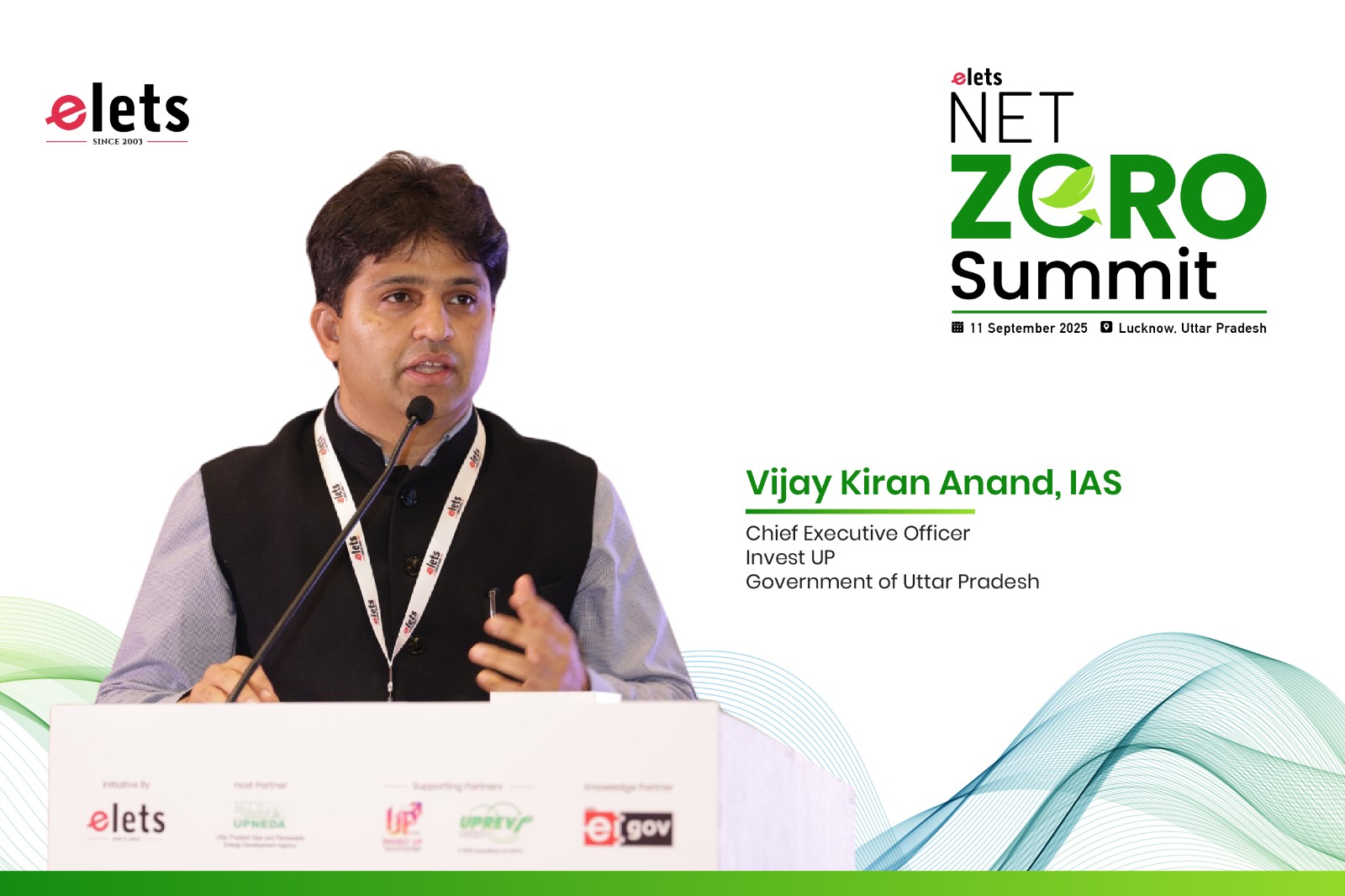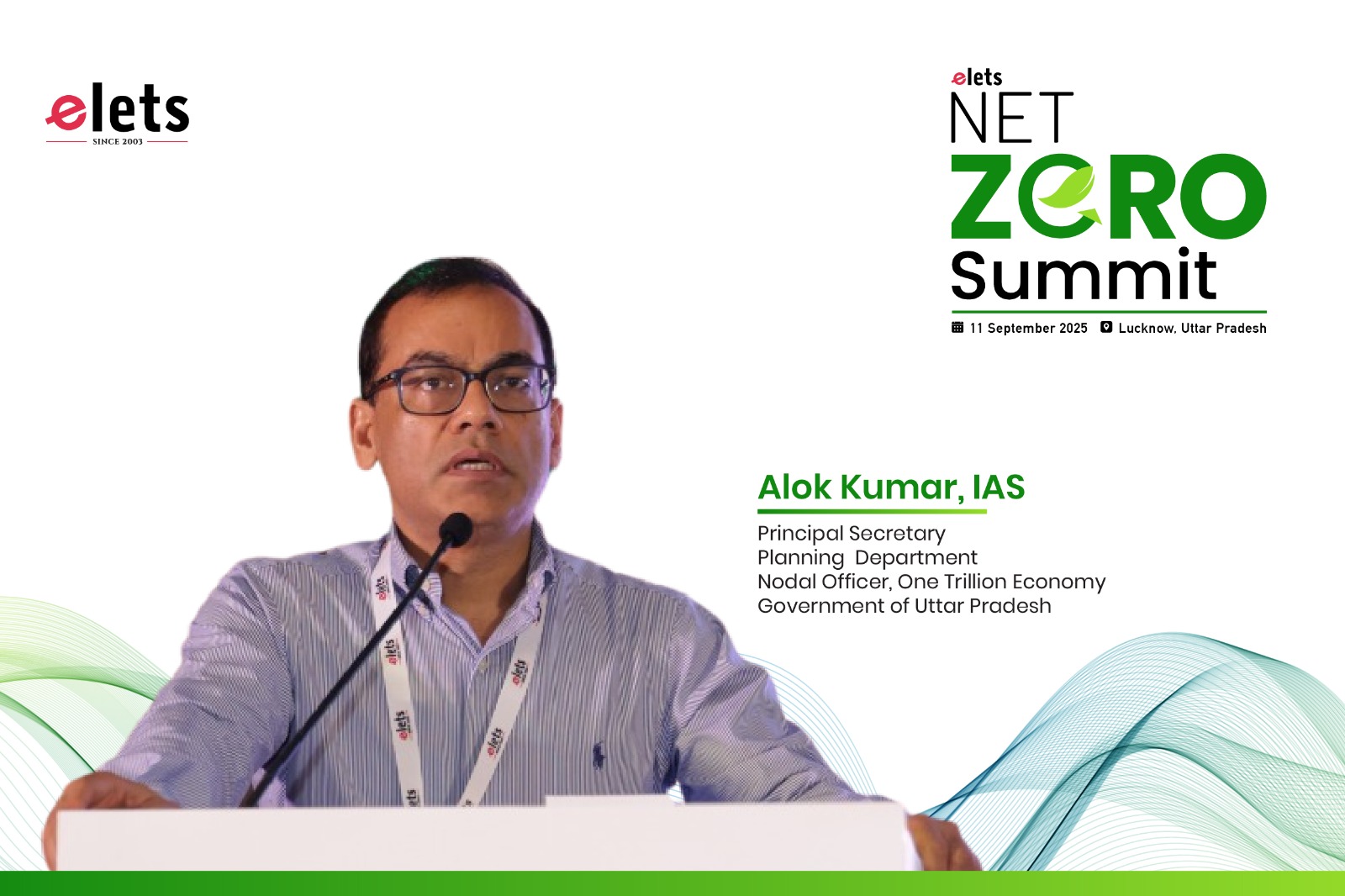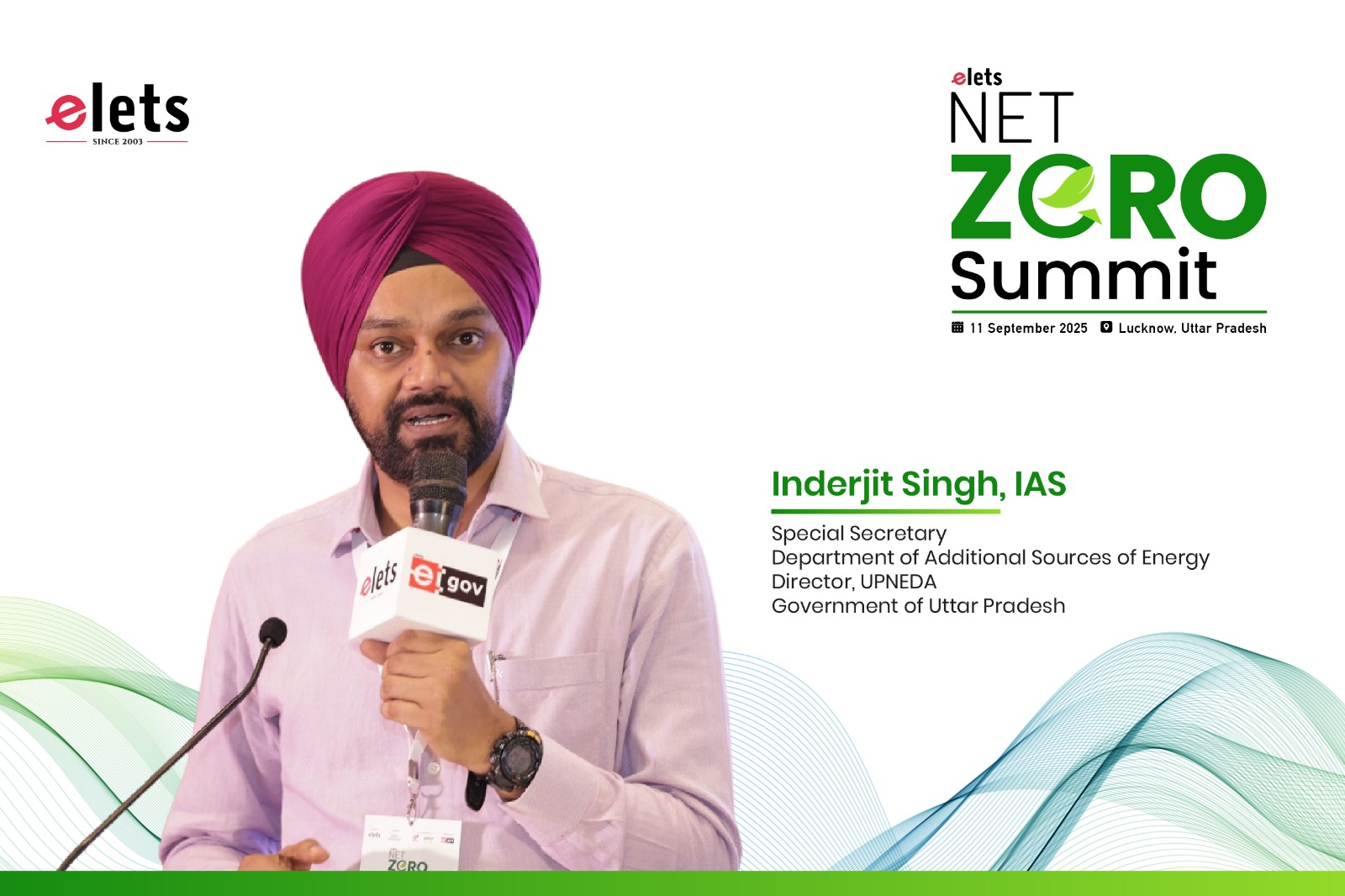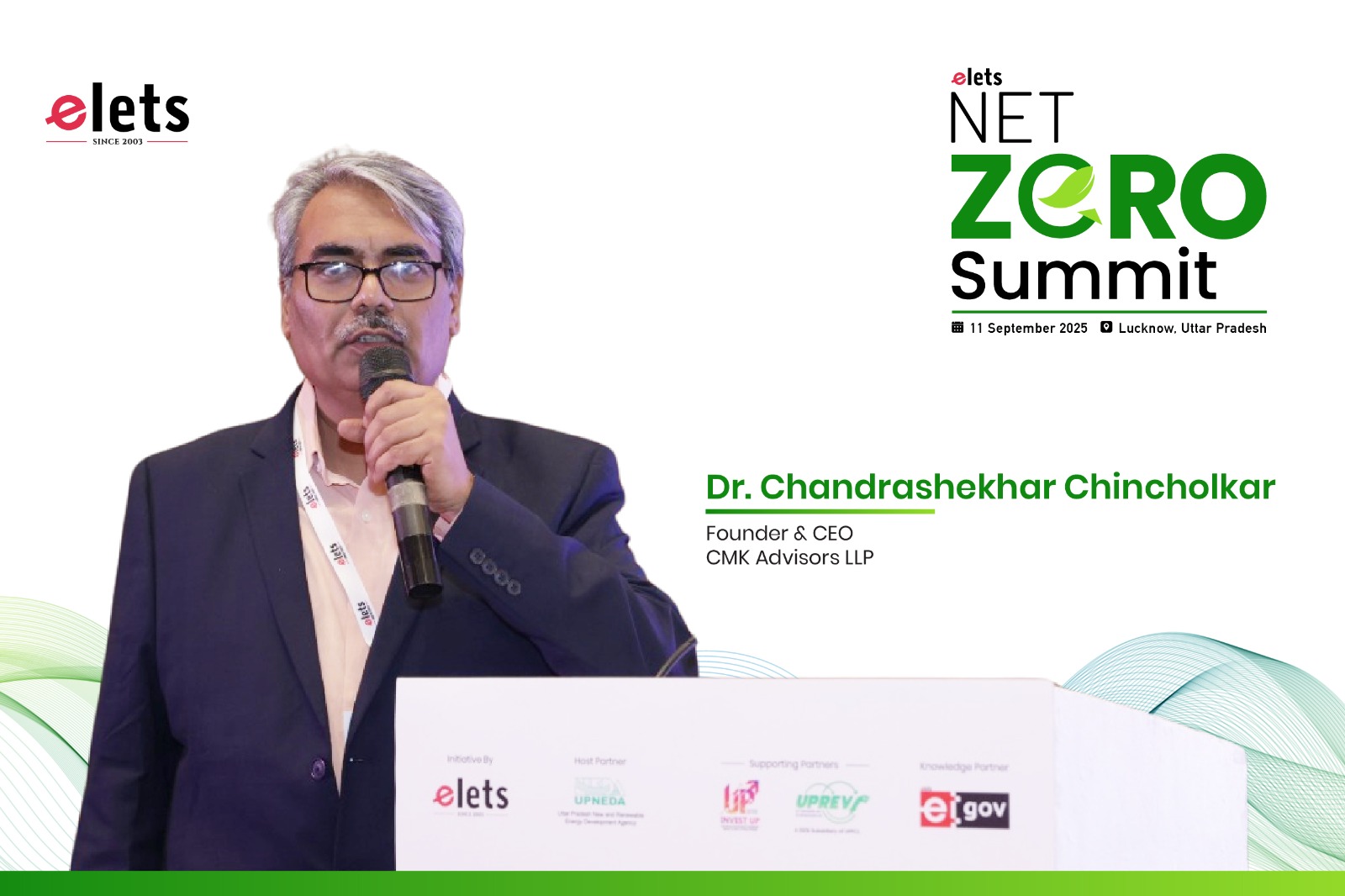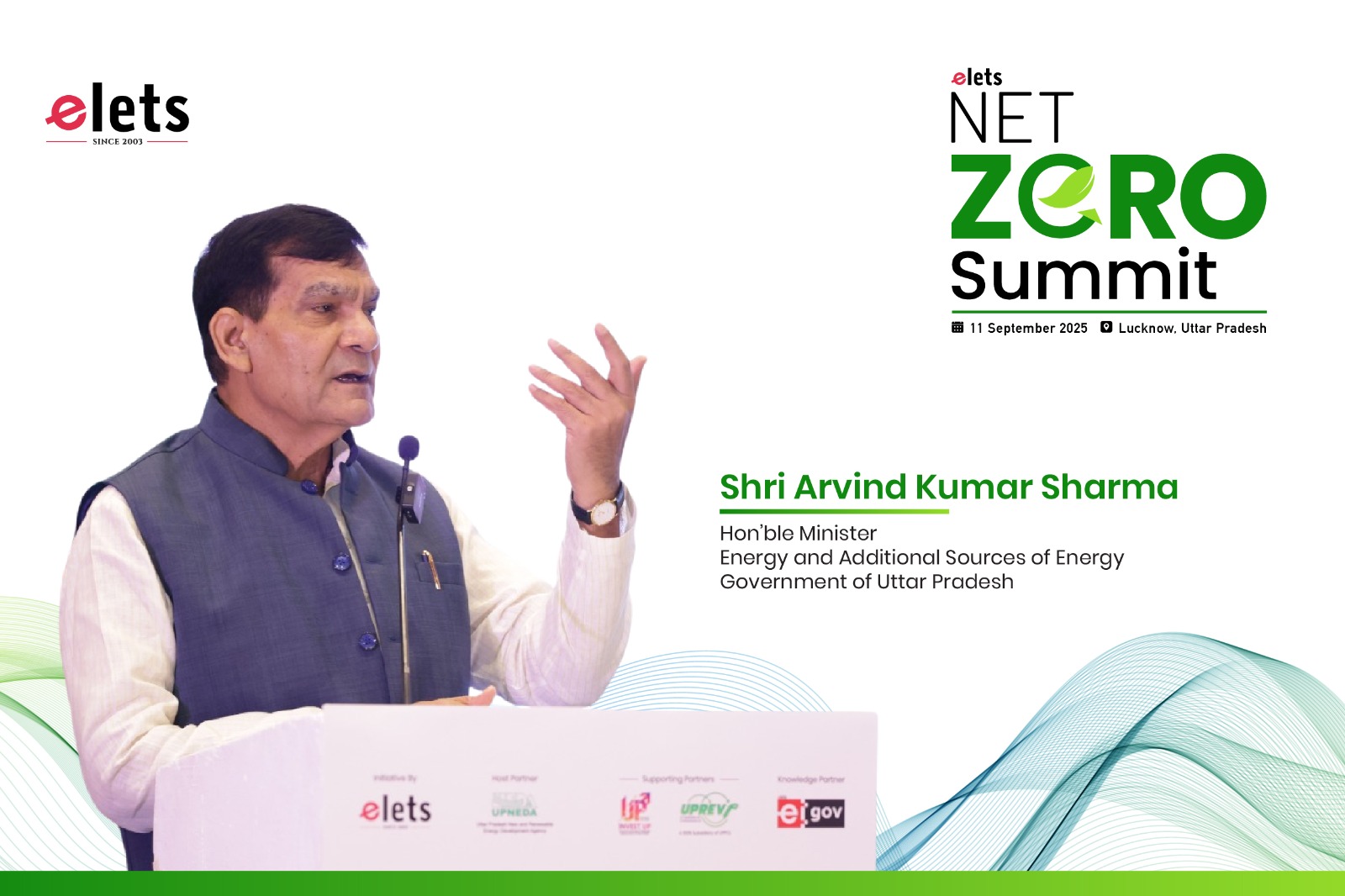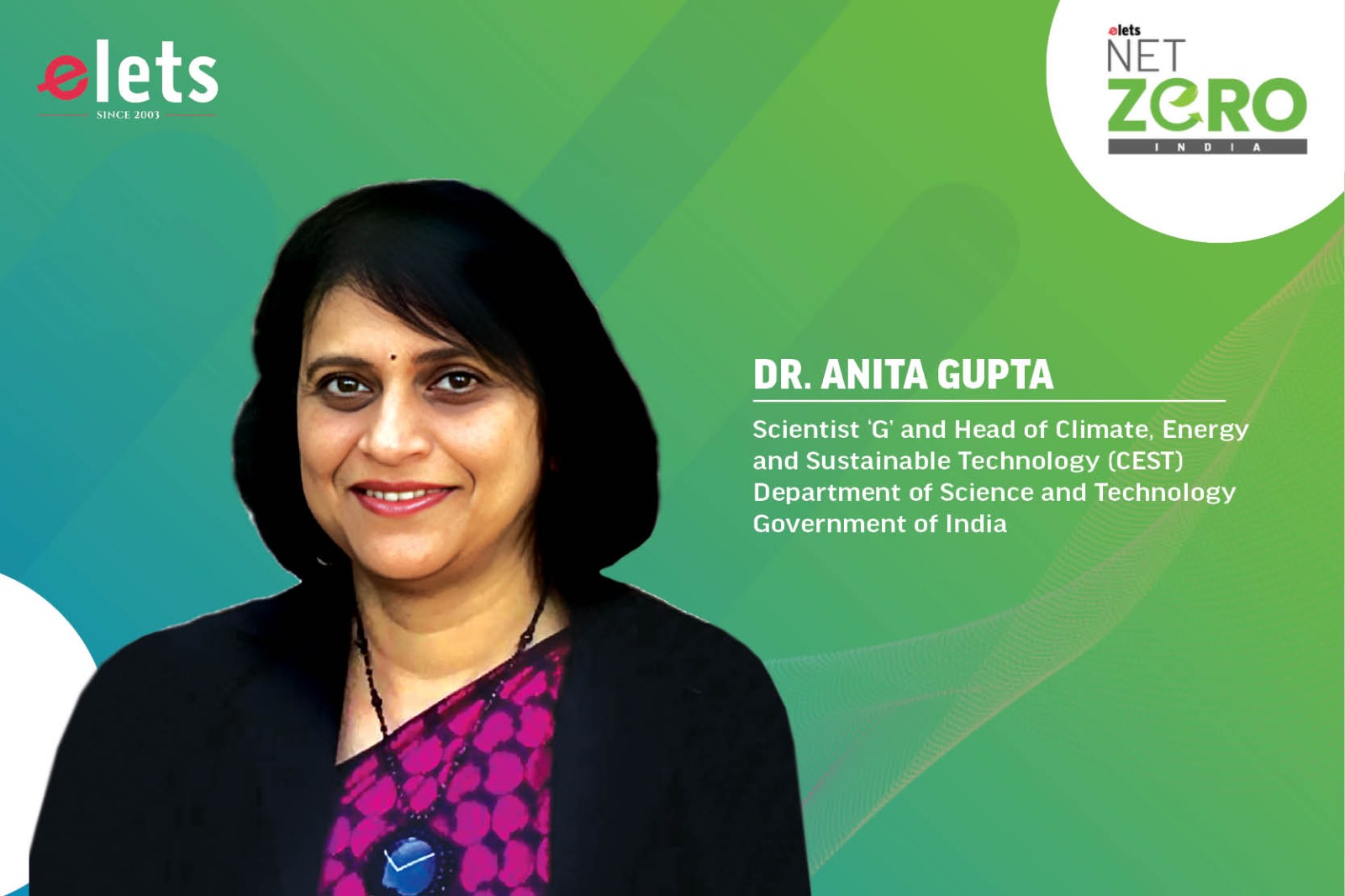
India is advancing toward a sustainable energy future, targeting 50% non-fossil fuel capacity by 2030. Challenges like grid stability and infrastructure gaps are being addressed through energy storage, green hydrogen, and policy incentives. With a focus on green jobs and equitable clean energy access, India is driving economic growth and climate resilience. Dr. Anita Gupta, Scientist ‘G’ and Head of Climate, Energy, and Sustainable Technology (CEST), Department of Science and Technology, Government of India, shares insights with Nijhum Rudra of Elets News Network (ENN) on how India is leveraging innovation, strategic policies, and global collaborations to overcome hurdles and build a sustainable, resilient energy ecosystem.
What are the key challenges in integrating renewable energy into India’s grid, and how can policy innovation address them?
India’s renewable energy strategy aligns with its updated Nationally Determined Contributions (NDC) to tackle climate change. The nation is embracing cutting-edge approaches to decarbonise industries and lower carbon emission intensity while fostering an ecosystem that accelerates the clean energy transition. Currently, non-fossil fuel sources account for 43% of India’s electricity capacity, with a goal to reach 50% by 2030.
Given the volatility of solar and wind energy, ensuring grid stability demands targeted interventions as renewable integration intensifies. India’s current energy storage capacity stands at 4.86 GW, with plans to expand to 73.93 GW/411.4 GWh by 2031-32 to support 364 GW of solar and 121 GW of wind power. Additionally, under the National Green Hydrogen Mission (NGHM), 125 GW of renewable energy is required to produce 5 MMT of green hydrogen by 2030. Policy measures, including investments in grid modernisation, tax incentives for battery storage, accelerated depreciation for Battery Energy Storage Systems (BESS), and domestic manufacturing support via Production-Linked Incentive (PLI) schemes, are driving sustainable growth.
Moreover, mandating a minimum 2-hour co-located energy storage in future solar and rooftop installations will bolster reliability during peak demand, helping India achieve its 500 GW non-fossil fuel target by 2030.
How can India develop policies that mitigate climate risks while promoting economic growth and job creation through green technologies?
India is aligning its policies with the National Action Plan on Climate Change, driving climate adaptation and mitigation through an integrated government approach. The focus is on scaling renewable energy infrastructure to meet the 500 GW target by 2030, building a green hydrogen ecosystem, and promoting sustainable agriculture practices. The Skill Council for Green Jobs, established in 2015, aims to create 3 million jobs in renewables by 2030. Policies support R&D, skill development, and a just transition framework, ensuring economic growth is aligned with sustainability.
To mitigate climate risks and foster growth, India is prioritising green technologies and innovation with incentives like PLI schemes, blended climate finance, and green bonds to bridge funding gaps. Strengthening grid integration for renewables and implementing initiatives like the Solar Mission, Green Hydrogen Mission, and Sustainable Agriculture Mission will ensure a balanced, inclusive, and resilient clean energy transition while driving economic expansion.
Also Read :- Green hydrogen in india a catalyst for energy security, economic growth, and sustainable development goals
How can India balance energy security and climate resilience while transitioning to low-carbon technologies without hindering development?
Balancing energy security and climate resilience is crucial for India as it transitions to low-carbon technologies, considering its developmental needs. Energy security is reinforced by diversifying the energy mix, with renewables currently making up 42% of the capacity. Simultaneously, addressing climate resilience is vital, as the impacts of extreme weather events like heat waves and floods are expected to cost up to 10% of GDP by 2050 (WEF, 2025). Investments in energy storage (38 GW required by 2030) and grid modernization, along with climate-resilient infrastructure such as flood-resistant dams, are key to maintaining this balance. International collaboration, including climate finance under the Paris Agreement, helps mitigate costs, ensuring that the transition does not hinder development, with a long-term target of achieving net-zero emissions by 2070.
Be a part of Elets Collaborative Initiatives. Join Us for Upcoming Events and explore business opportunities. Like us on Facebook , connect with us on LinkedIn and follow us on Twitter, Instagram.
"Exciting news! Elets technomedia is now on WhatsApp Channels Subscribe today by clicking the link and stay updated with the latest insights!" Click here!




